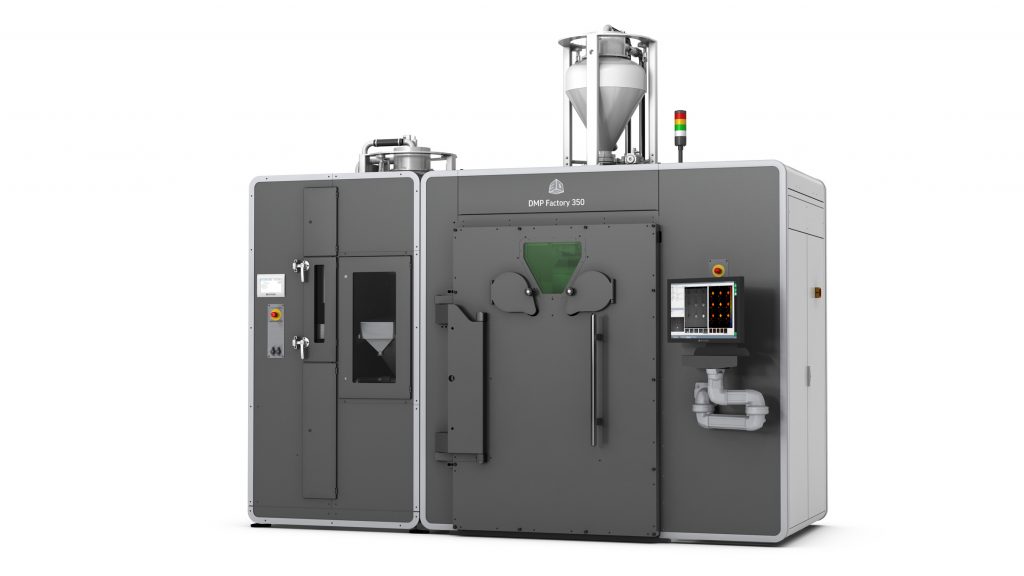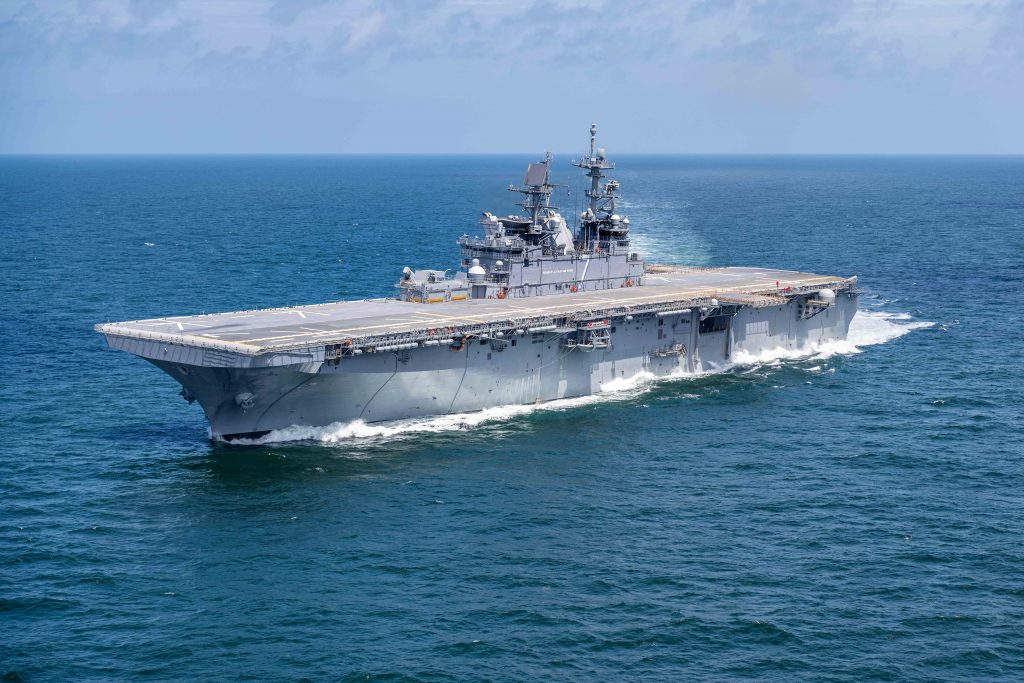Leading polymer and metal 3D printer OEM 3D Systems has been selected for a research project seeking to improve corrosion resistance of parts exposed to saltwater. Led by America Makes, the National Additive Manufacturing Innovation Institute (NAMII), and the U.S. Department of Defense (DoD), the project is to develop a design guide for the Direct Metal Printing (DMP) of nickel alloys. When completed, the guide has the potential to deliver significant savings to the seafaring sector.
“There’s no question that the DoD’s need for rapid qualification and certification of additive manufacturing processes like DMP using metal materials like Nickel alloys is great,” commented John Wilczynski, Executive Director at America Makes.
“With qualified empirical data on how to minimize saltwater corrosion of additive manufactured components used in weapon systems, defense supply chains can accelerate their adoption of additive technologies to manufacture these critical components.”
The Navy loses billions of dollars to corrosion each year
The estimated impact of corrosion on cost and availability of DoD systems reportedly runs into billions of dollars each year. According to figures quoted in the 3D Systems press release, in 2018 corrosion cost the U.S. Navy more than $8.5 billion. In a DoD contracted study on corrosion in fiscal year 2016, the Logistics Management Institute (LMI) found that the cost impact of corrosion was more around $20.6 billion. Created by arduous conditions, corrosion is compounded by an aging fleet and equipment. Traditional manufacturing methods, that require further heat treatment and machining steps, are also reported to accelerate the process of corrosion.
Additive manufacturing is well positioned to supply on demand and one off parts for equipment that may no longer be commercially available. This is an opportunity already being readily explored by departments of the U.S. Navy. In addition, where this new project is concerned, the very nature of the 3D printing process could also help reduce the rate of corrosion in metal parts. DMP technology in particular enables low oxygen content in the build chamber, conducive to better corrosion performance. “If additive manufacturing is used in lieu of traditional manufacturing,” 3D Systems states, “production and delivery times can be reduced while maintaining corrosion resistance and potentially improved mean time between failure.” Key to this success will be the post-processing steps for 3D printed nickel alloys. As Dr. Jared Blecher, principal of aerospace & defense engineering at 3D Systems, explained, “We believe that post-processes for additively manufactured components can be designed to limit corrosion in a saltwater environment.”

Corrosion-resistant post-processing
3D Systems will be working with three other partners on the corrosion design guide. Newport News Shipbuilding, the sole designer and builder of U.S. Navy aircraft carriers, Northrop Grumman Innovation Systems, the aviation and defense division of Northrop Grumman, and corrosion experts at the University of Akron will all be taking part in the research. Throughout, the partners will conduct 240 corrosion tests on nickel alloys, testing the resistance for four different surface finishes and four different heat treatments. Post-build annealing time will also be varied to study how the parts will be affected when deployed. “Through our research and development efforts, corrosion rates will be quantified for additively manufactured parts, so end users will have better data for deciding when parts should be inspected or replaced,” Dr. Blecher, said. “Additionally, we’ll explore the value of heat treatment to help improve the mechanical properties of the part and mitigate corrosion and ultimately cost.” For its part, 3D Systems will ensure that machine parameters and related software are taken into account when performing the analysis.
Charles Southall, VP of engineering and design for Newport News Shipbuilding, added, “We’re excited to partner with 3D Systems on this important effort. Last year, we collaborated to qualify metal additive manufacturing technologies to build naval warships, and installed 3D Systems’ DMP technology.
“We’re looking forward to expanding that work by developing design standards to help create more durable parts, and ultimately improve the quality of our armed forces’ fleet.”

For all of the latest additive manufacturing news subscribe to the 3D Printing Industry newsletter, follow us on Twitter and like us on Facebook.
Looking for a career in this industry? Visit 3D Printing Jobs for a selection of roles in the industry.
Featured image shows an aircraft carrier produced by Newport News Shipbuilding for the U.S. Navy. U.S. Navy photo via Huntington Ingalls Industries, parent company of Newport News Shipbuilding, by Derek Fountain



